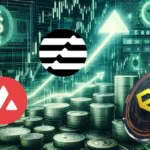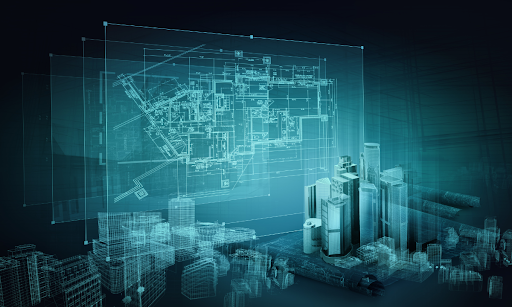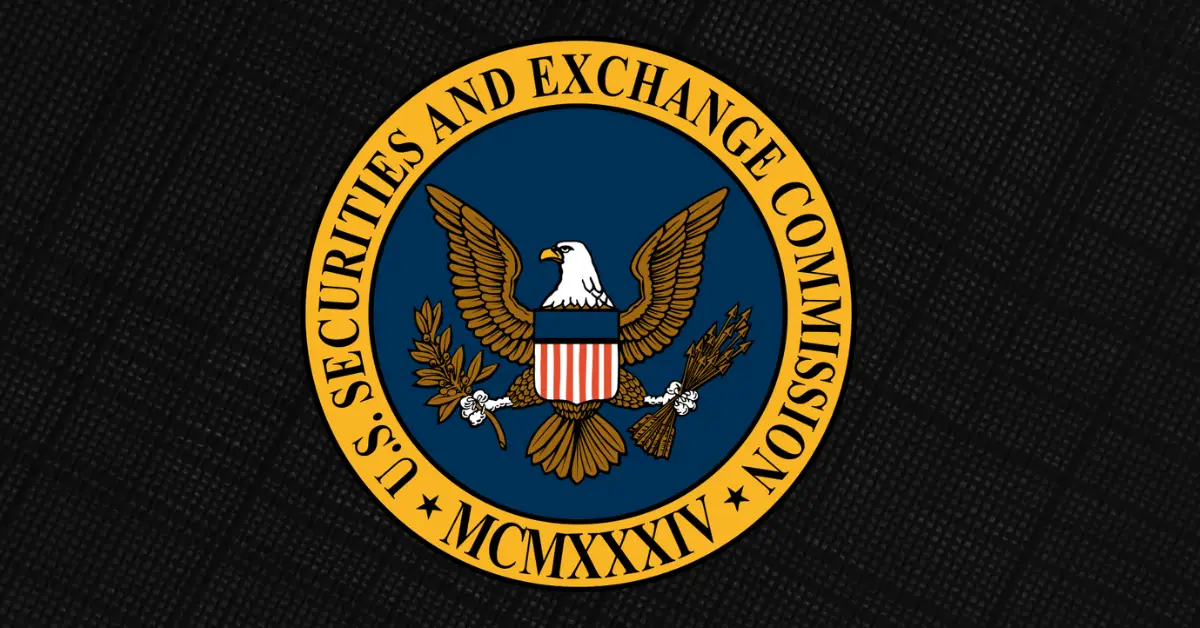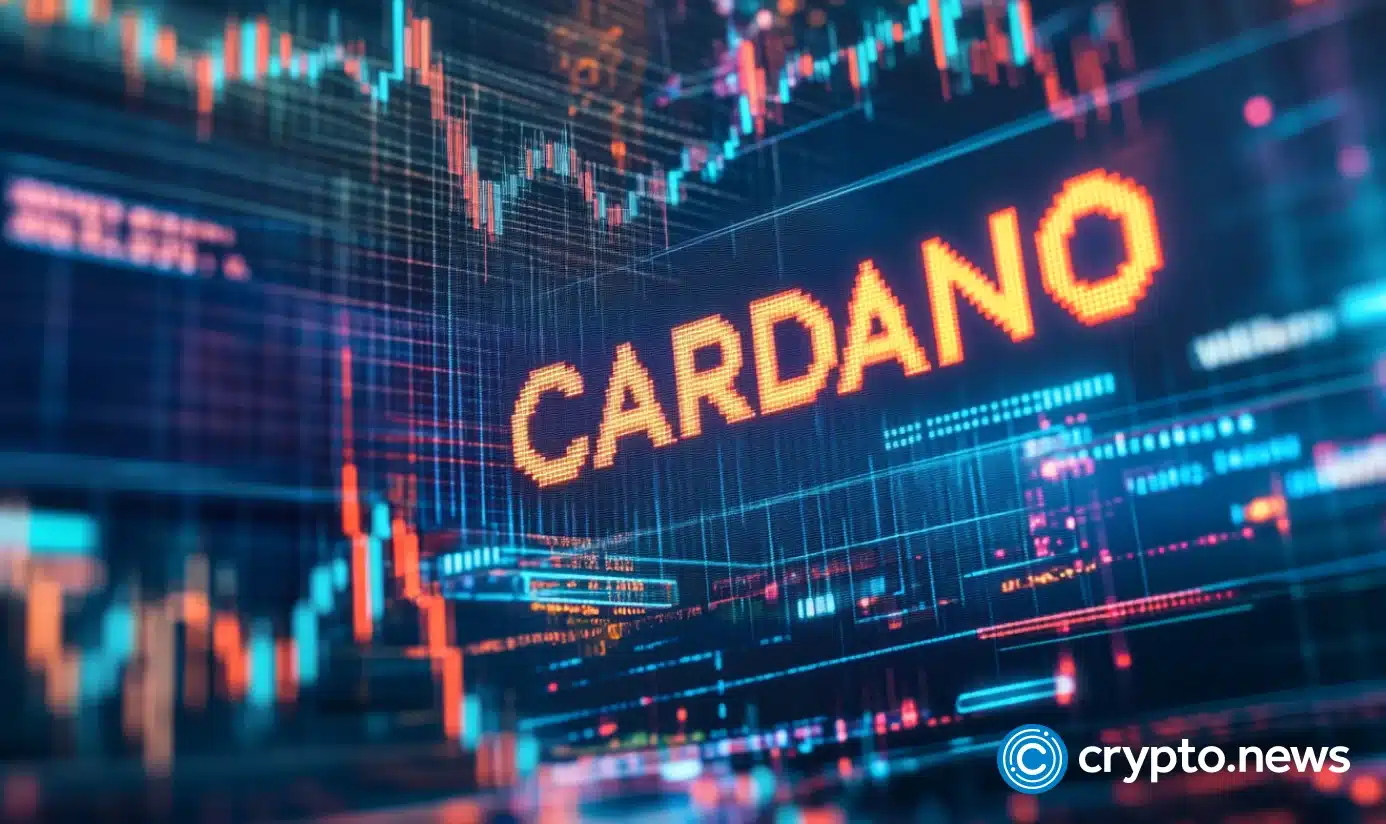If there is one technology that can generate the same amount of excitement as artificial intelligence these days, it has to be blockchain. The buzz around AI has been palpable ever since the emergence of ChatGPT, but enthusiasm for blockchain has been around for much longer, harking back to the days when Bitcoin first made its mark on the world in the early part of last decade.
With the merger of AI and blockchain, we have good reasons to think there’ll soon be even more excitement, for it can provide a number of benefits. In a recent report, the analyst firm Nansen forecasts that AI agents may ultimately become the primary users of blockchain technology.
Because blockchain is decentralized, it allows AI systems to run in a more secure and transparent way, bringing key advantages to data management. Blockchain can provide AI with a tamper-proof record of data transactions, therefore improving its credibility and reliability. In addition, it can assist with the transparent sharing of data among AI systems, which is essential for training and enhancing the underlying AI models.
The integration of AI and blockchain is not just some far off concept. In fact, it’s something that’s unfolding as we speak, and as the two fastest-growing technologies in the industry intersect, some interesting projects are starting to take off.
Qubic
There has been a lot of concern about the centralized nature of popular AI models such as OpenAI’s ChatGPT and Google’s Gemini, highlighting the need for more transparent alternatives, and that is what Qubic is working on.
Qubic is at the forefront of the decentralized AI movement, having built a unique, quorum-based computational network to facilitate more transparent data sharing and training.
Unlike Bitcoin, which uses a proof-of-work consensus algorithm and essentially wastes all of the computing power generated by its network, Qubic aims to leverage this energy to do something more useful. Its Useful Proof-of-Work consensus mechanism allows network nodes to provide computational power to AI applications.
It essentially recycles the energy resources used to mine QUBIC tokens and process transactions, so it can be used by AI developers who need access to low cost infrastructure to train AI models. It can be thought of as an AI cloud server network, with the advantage being that it’s more affordable, and more transparent than traditional GPU-based networks.
In addition, Qubic also facilitates data sharing, enabling anyone to upload training datasets that can be used by AI model makers to train new algorithms.
The QUBIC token plays an important role in this network, as it’s what’s used by AI developers to pay for access to Qubic’s network and its training datasets. Node operators are rewarded with the prospects of mining new QUBIC tokens.
As well as training AI models, Qubic’s resources can be used for AI inference, processing tasks such as problem solving, natural language processing and image recognition. What’s more, as the network crunches these tasks, it slowly but surely accumulates more knowledge, which it shares with the AI applications it hosts, making them ever-more powerful. Its ultimate goal is to become the foundation of “general artificial intelligence” models that can work autonomously, without the need for human input.
Render Network
As the name suggests, Render Network is all about providing computational power for AI rendering, and it does this in a decentralized way using blockchain.
It’s paving the way for the distribution and management of AI rendering tasks, providing the resources needed to make high-quality, photorealistic image creation available to everyone in a cost-effective way. It’s targeting industries such as gaming, movies, architecture and more.
Key to Render Network is the RNDR token, which is used by network participants to pay for access to GPU-based rendering services. The computational power can be supplied by anyone with a GPU. They simply connect their laptop or PC to the network, and whenever it’s sitting idle, it will make those resources available for others to use.
In some ways, Render Network is similar to GPU mining, with the aim being to maximize the efficiency of GPUs, which often spend hours sitting idle, doing nothing, when their owners are not using their computers. It enables GPU owners to monetize those resources, and those who need to power rendering workloads have access to a more affordable alternative to cloud-hosted GPU services.
As the demand for AI-generated content increases, Render can play a key role in facilitating cost-effective access to decentralized rendering services.
Fetch.ai
Fetch.ai is combining blockchain with AI to power what it believes will eventually become a vibrant economy for autonomous digital twins. Its network powers “Autonomous Economic Agents” that can perform a range of different tasks in the digital world, for individuals and businesses.
Examples include AI agents that can manage supply chain logistics, or a digital assistant that works to schedule client appointments. With its machine learning capabilities, Fetch.ai’s segments can optimize outcomes for users over time by learning and improving themselves. It’s a gradual process that involves AI agents privately and securely interacting with other agents when required in order to fulfill more complex objectives.
Fetch.ai’s digital agents represent their users, and promise to be a showcase of how AI can simplify and expedite online work.
The native cryptocurrency FET is what lubricates the Fetch.ai economy. Users are required to pay to access its AI agents services using FET tokens. In addition, Fetch.ai also allows users to stake their FET tokens and earn passive rewards over time. This encourages greater participation and long-term holding to secure the network.
Ultimately, Fetch.ai’s success will depend on the demand for AI-powered digital twins that can work autonomously on the behalf of users, but the prospects look good. With the growing popularity of AI assistants in the enterprise, automation is set to play a primary role in the future of work, freeing up humans to focus on higher-value, creative tasks.
Ocean Protocol
Ocean Protocol is all about data sharing, powered by blockchain and AI. The protocol uses AI blockchain as the basis of its secure, decentralized marketplace for sharing data that powers AI services, while ensuring full privacy.
The basic premise is that developers can utilize Ocean Protocol to access a wealth of powerful datasets that can be used to train highly sophisticated AI models in a more cost-effective way.
At the same time, researchers and others who contribute data to the network will be compensated fairly. This acts as an incentive for participants to provide high quality data for AI training. Moreover, service providers can create customized data marketplaces, with features around access control and usage monitoring handled by the backend.
The OCEAN token is the primary currency for buying and selling data services on Ocean Protocol’s platform. Users can also stake OCEAN tokens on specific data assets as a way of validating their quality, and in return they’ll earn a share of the revenue generated by those datasets. In addition, OCEAN also allows users to participate in the protocol’s community development, by making proposals and voting on them.
Ocean Protocol’s success hinges on the demand for data services, but the prospects are good as AI becomes more relevant in various industries. As businesses seek more diverse and high quality datasets to train AI models in different applications, the idea of a decentralized data exchange platform that provides access to quality data at low cost in a secure and transparent way has a lot of merit.
NumerAI
One of the more unusual and ambitious projects we’ve come across sees NumerAI integrate cryptocurrency with data science competitions, with the ultimate goal of incentivizing users to help build a sophisticated AI-powered hedge fund.
With NumerAI, data scientists and other experts will be rewarded for building AI models that can accurately forecast stock market movements. They’re encouraged to train their models on real-world data and automate profitable investment strategies.
NumerAI’s native token in NMR, which can be staked on the accuracy of predictive investment models within its ecosystem. The more successful the model turns out to be, the higher the staking rewards.
It’s an entirely novel approach to creating an autonomous hedge fund that incentives everyone to participate, but its success will be determined entirely by the accuracy of the AI models built by data scientists. That said, its unique positioning has helped ensure it gets lots of attention.
Wrap Up
The integration of AI and blockchain is taking place at the dawn of an exciting new era for technology innovation. Although it’s still early days, the potential for AI blockchain projects to disrupt existing industries such as predictive analytics, automation and data management is immense. Already, we have seen viable use cases, such as AI trading applications, emerge from these early efforts.
AI and blockchain’s biggest challenges will likely be the same that face every kind of crypto project – namely, user adoption and scale. No doubt, a lot of AI blockchain projects will ultimately fail, just as they do in other areas of the crypto industry, but there’s reason to be optimistic that many can succeed too, and that makes it a key area of opportunity.
No spam, no lies, only insights. You can unsubscribe at any time.








